Norwegian salmon feed producers are using ‘completely new ingredients,’ according to report on raw materials for salmon and trout
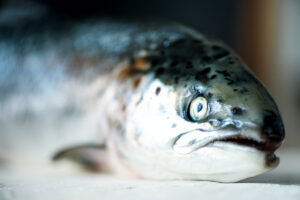
In its latest report on raw materials for salmon and trout, food research institute Nofima has found that Norwegian salmon feed producers have started to use novel fish feed ingredients.
The report is based on the fish feed from the four largest feed companies in 2020. Overall, results indicate that the composition and utilization of fish feed for Norwegian farmed salmon are approximately the same as in the previous 2016 report. It also shows a minor increase in the volume of both feed and farmed salmon. But there is one important change in this latest edition.
“Some new ingredients, such as insect meal, single-cell protein, fermented products and microalgae, were used,” said Turid Synnøve Aas, the report’s primary author and a researcher in feed and nutrition at Nofima.
As outlined in the report, salmon feed in 2020 consisted of 12 percent fishmeal, 10 percent fish oil, 41 percent vegetable protein sources, 20 percent vegetable oils, 13 percent carbohydrate sources and 4 percent micro-ingredients. In addition, 0.4 percent of new ingredients, such as insect meal and microalgae, were used.
These new feed ingredients accounted for a small proportion, only 0.4 percent of the total volume of salmon feed, or 8,000 tons in total. In 2020, a total of 1.98 million tons of ingredients were used and 1.47 million tons of salmon and 0.9 million tons of rainbow trout were produced.
Despite the low number, Bente Torstensen, former researcher in fish nutrition and now head of the aquaculture division at Nofima, said these results are “promising.”
“There is a huge volume of an ingredient needed to make up a large proportion of salmon feed. It’s very demanding, but it’s underway,” said Torstensen. “We cheer on big and small producers who invest and dare to take a chance because it determines how much and how fast the salmon’s diet changes.”
The Norwegian government has set ambitious goals for the aquaculture industry, stipulating that more salmon feed must be produced from Norwegian resources and all feed for aquaculture must originate from sustainable sources by 2030. The Nofima reports are particularly useful for tracking progress on these goals.
“Feed is the largest source of greenhouse gas emissions in the aquaculture industry,” said Bjørnar Skjæran, Minister of Fisheries and Marine Affairs. “It is therefore crucial that more manufacturers use new, sustainable raw materials. In the next few years, we must see a sharp increase in the use of sustainable raw materials produced in Norway. This can lay the foundation for a new industrial adventure along the coast.”
One limitation is the report does not assess whether the ingredients are sustainable. However, the researchers have examined certifications and found that most marine raw materials are certified under various schemes. Moreover, all soy protein concentrate was certified as not genetically modified.
The researchers have also documented the country or area of origin for almost all the ingredients. The report shows that just over 10 percent of these ingredients came from Russia in 2020.
The utilization of feed resources in Norwegian salmon farming was previously reviewed for 2010, 2012, 2013 (complete data not available) and 2016. This latest report is an update for 2020. In addition, corresponding resource accounts for 2020 were calculated for rainbow trout. The project documents the utilization of feed resources in Norwegian salmon and trout farming for one year.
Now that you've reached the end of the article ...
… please consider supporting GSA’s mission to advance responsible seafood practices through education, advocacy and third-party assurances. The Advocate aims to document the evolution of responsible seafood practices and share the expansive knowledge of our vast network of contributors.
By becoming a Global Seafood Alliance member, you’re ensuring that all of the pre-competitive work we do through member benefits, resources and events can continue. Individual membership costs just $50 a year.
Not a GSA member? Join us.
Author
-
Responsible Seafood Advocate
[103,114,111,46,100,111,111,102,97,101,115,108,97,98,111,108,103,64,114,111,116,105,100,101]
Tagged With
Related Posts
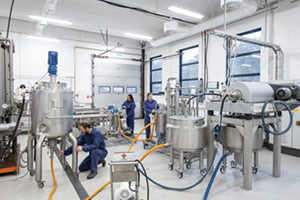
Aquafeeds
Nofima identifies optimal feed components for the sea lice cleaner fish ballan wrasse
A Nofima study has identified key feed components for ballan wrasse, a sea lice cleaner fish important to Norway's salmon industry.
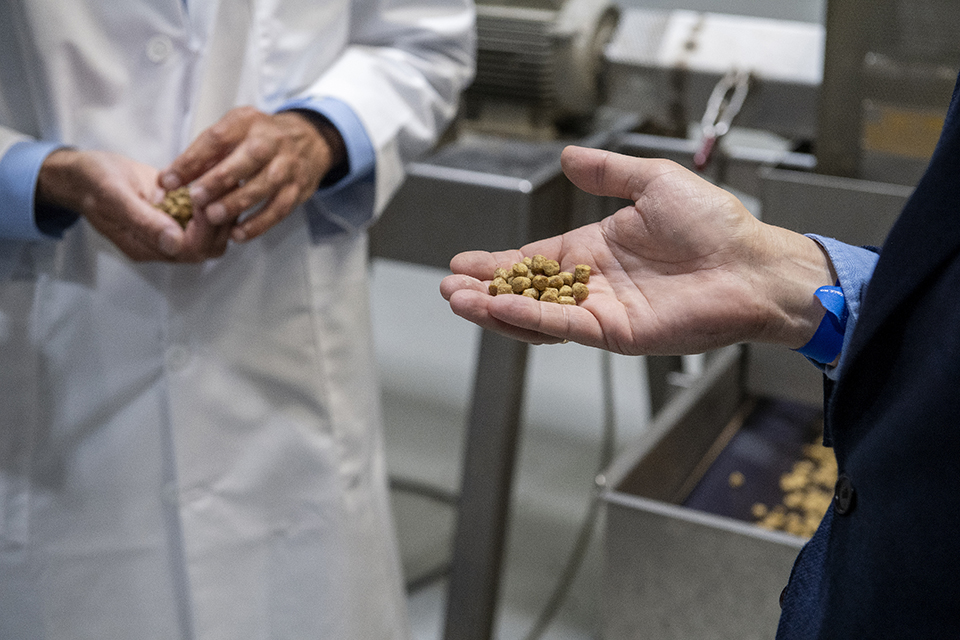
Aquafeeds
Nofima launches collaborative project to develop sustainable ingredients for farmed salmon
Nofima has launched the Millennial Salmon Project, a collaborative research initiative to develop sustainable ingredients for farmed salmon.
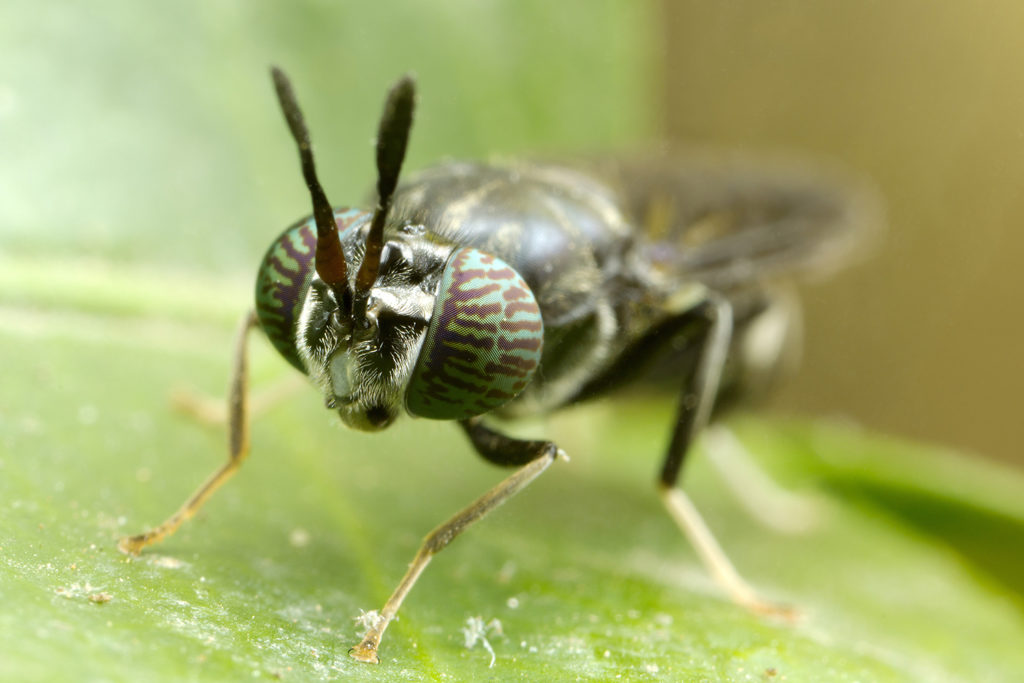
Aquafeeds
Fly guys: Canada opens the door for insect-based feed companies
The sci-fi flick “The Fly” warned about mixing flies and technology, but high-tech black soldier fly farmers are seizing a real opportunity in aquaculture.
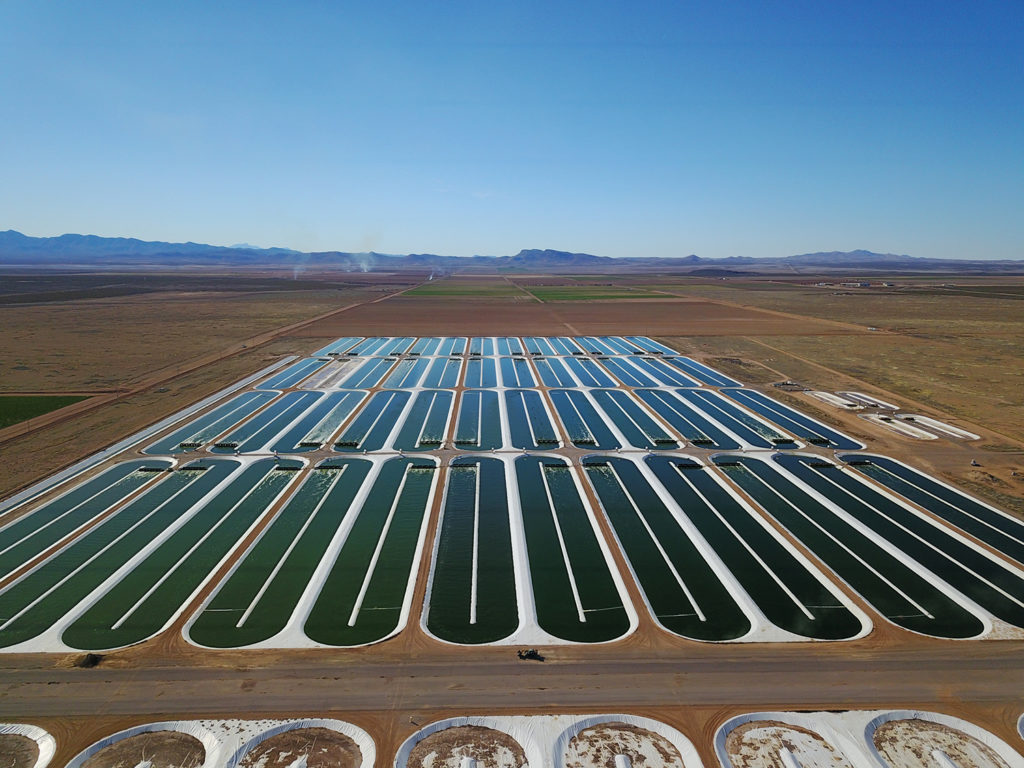
Aquafeeds
Pond-cultivated algae: Slimy superhero for aquafeeds?
Qualitas Health, which grows algae in ponds in New Mexico and Texas for human supplements, is entering the alternative aquafeed ingredient market.



